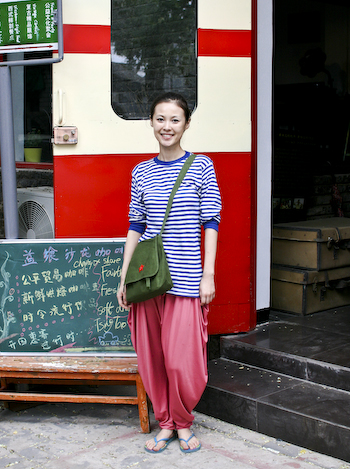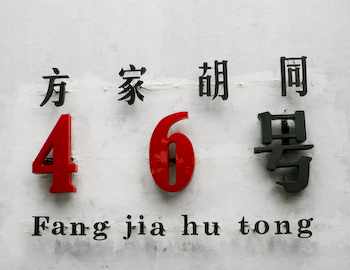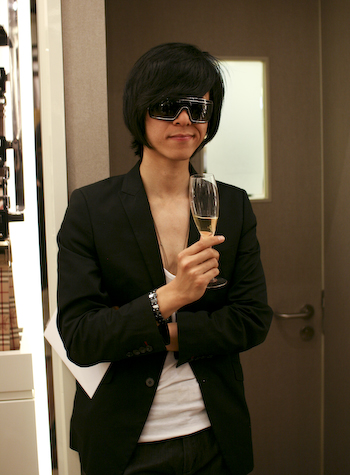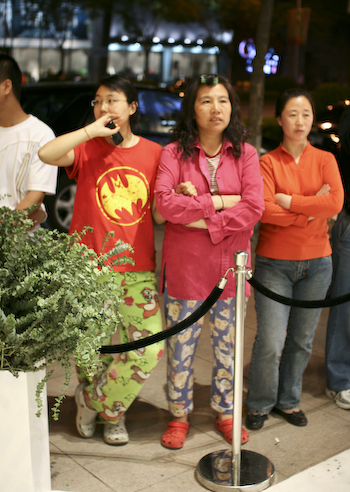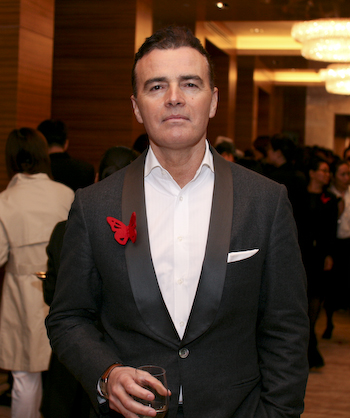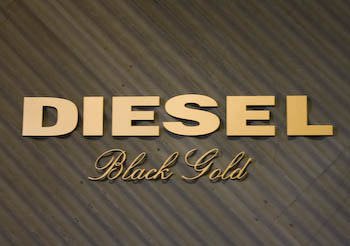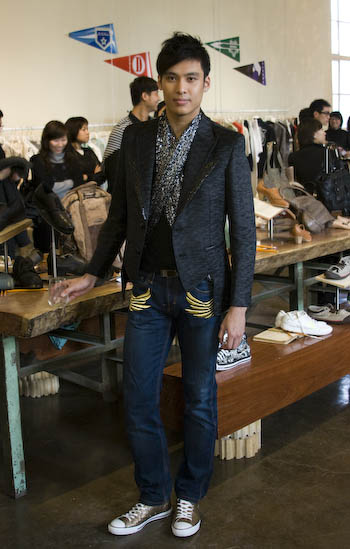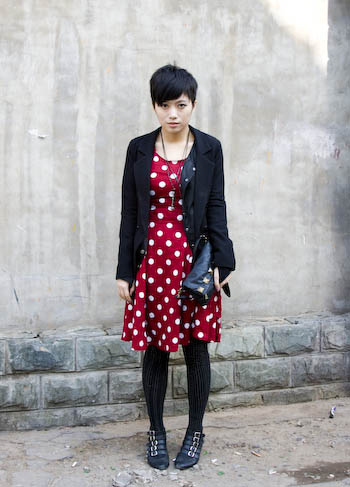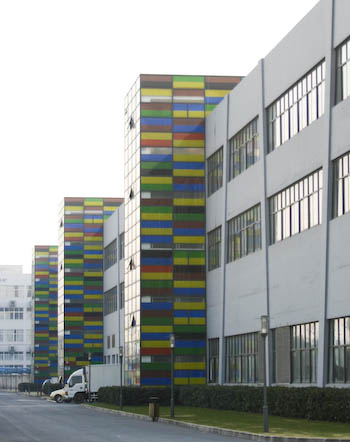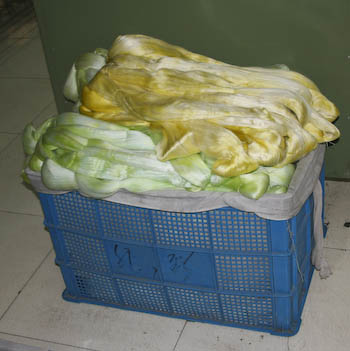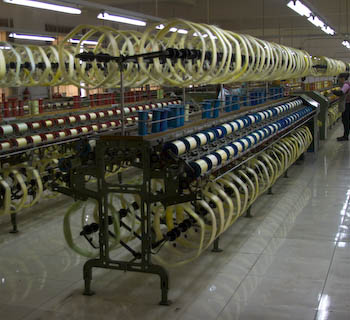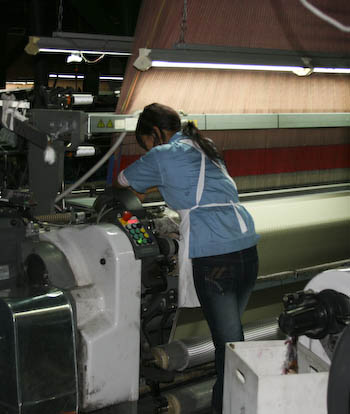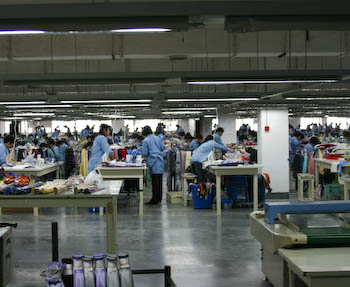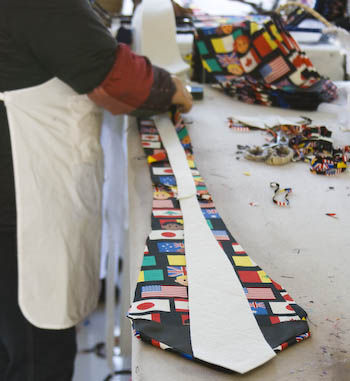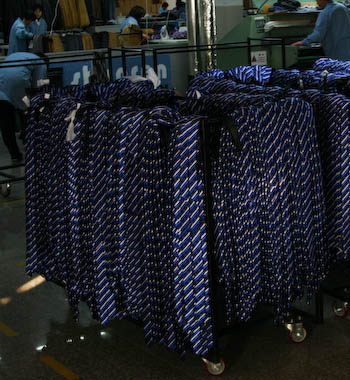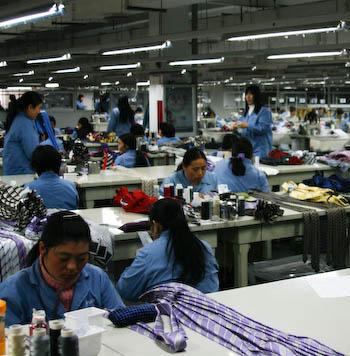On my second trip to No. 46, I noticed a spacious new coffee shop just to the left of the main gate. Cola is proprieter of just opened Charity Share (益飨), which specializes in fair trade coffee and includes a fashion boutique in its loft.
She says Charity Share is the first bar or coffee shop in China to make promoting the public good its main theme. Her coffee shop is also the first in Beijing to receive a Certification Mark from the Fairtrade Labelling Organizations International. A portion of all profits will go to charities and the high-ceiled, roomy space will host numerous NGO fundraising events, auctions, etc.
Initially, she expects foreigners will be the main clients as they are both more picky about the quality of coffee and familiar with the concept of free trade products. Amusingly, she says the hard seats are another reason why foreigners will be more attracted to Charity Share than Chinese, who prefer softer seating.
Originally from Xinjiang, Cola came to Beijing in 1999 and studied Chinese at Beijing Normal University. In 2006, she received her Master’s in marketing from the Chinese University of Hong Kong. She quit her media job in May to focus all of her energy on the new coffee shop. Her recent interest in being more civic-minded has improved her mindset a great deal. She is now more able to be contented with her situation and less aggressive. Interestingly, one cup of coffee a day is her maximum. Any more and her heart beats too fast.
